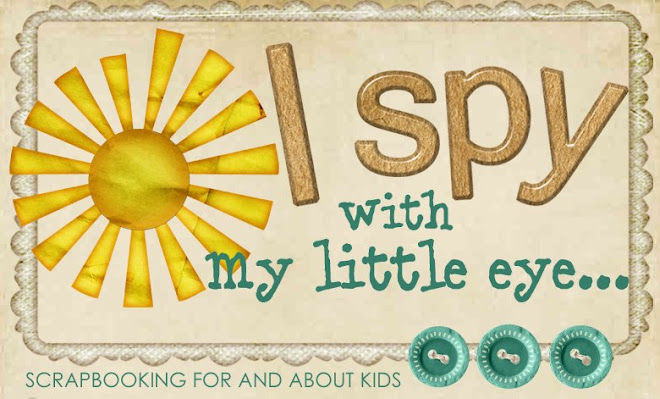
We spent our last few days learning about money in math. Kindergarteners are not actually required to learn about money at all, but since we had the extra days and the kids were very interested, so I thought we'd explore it a little. I know that the first grade teachers will appreciate it if we can at least get the kids to know the names of the coins and how much each coin is worth.I also used it as an opportunity to do more problem solving--which is always a good thing.
Here is what we want kindergarteners to understand about problem-solving (from the TEKS and the ARRC):
1.Problems can be found in everyday situations.
2.Models and tools can be used to solve problems.
3.Problems can be solved and explained using various strategies.
Here are a few things you can do to help your child learn about money.

- Really explore the coins. Talk about the images on the front and back--who and what are they?
- Look for the year the coin was made.
- Look for the actual number and words that tell how much the coin in worth.
- Talk about how coins are the same and how they are different. For example, both a nickel and a dime are silver-colored, but a nickel is bigger and thicker.
- Encourage your child to be responsible for his/her own money. Let them keep track of their allowance, and pay for things themselves.
- Start a coin collection. It can be pennies for every year or quarters from every state...

- If your child is ready, have them count coins. Start with pennies and nickels and move on to dimes and quarters only when they are ready. For example--how much money is a dime and 2 pennies? The kids should use any strategy they want to figure this out, i.e. using tally marks to represent the value of each coin and then counting them all together. They don't have to do it all in their heads.

- Have your child use coins to show a certain amount of money (Show me 12 cents.) For an extra challenge, figure out how many ways you can make one amount (i.e. 12 cents can be 12 pennies, 1 dime and 2 pennies, 2 nickels and 2 pennies and so on...)
If your child gets frustrated, stop! Remember--this is not a requirement for kindergarten. Keep it fun!




No comments:
Post a Comment